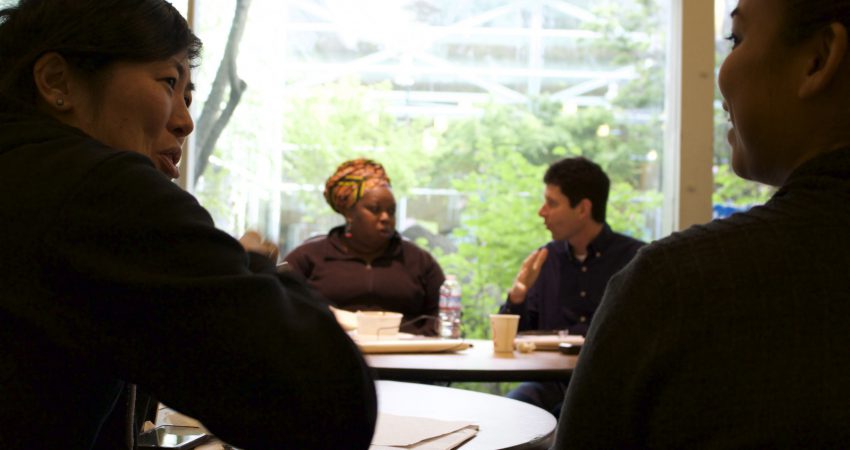
By Melissa Ballard - November 2015
PAPER CITATION
Judson, E. (2013). The relationship between time allocated for science in elementary schools and state accountability policies. Science Education, 97(4), 621–636. doi:10.1002/sce.21058
Conversation and controversy surround the increasing focus on high-stakes standardized testing, whose effects may include less class time for science, narrower curricula, and shifts in instructional styles. In this paper, Judson evaluates the relationship between the amount of time fourth-grade teachers report spending on science instruction and whether their states include science in their accountability systems. Judson also examines whether having science accountability requirements diminishes instructional time in math and language arts.
Research Design
Judson addresses the following research questions:
- How does science instructional time differ based on whether states include science in their accountability policies?
- How does math and reading instructional time differ when states include science in their accountability policies?
Data on instructional time came from teachers’ self-reports on the National Assessment of Educational Progress (NAEP). NAEP, which is considered to be nationally representative, was administered most recently in 2003 and 2011 for language arts and math and in 2005 and 2009 for science. Results for the next language arts and math NEAP assessment is expected to be released in late 2015 and in 2016 for science.
States were considered to have included science in their accountability systems if student results on the mandated science assessments were tied to consequences for schools. Only 11 states included science in their accountability systems, though some did not administer tests in the fourth grade and some made using science assessment results one of a menu of options for schools. The rest of the states did not include science in their accountability systems.
Research Findings
Judson found no significant differences in math or language arts instructional time, as reported on the 2011 NAEP, between states that used science in their accountability systems and states that did not.
However, the 2009 NAEP showed significant differences in science instructional time.
- Weekly science instructional times between one and four hours were reported in similar proportions in states with and without a science requirement.
- Teachers reported spending four or more hours per week on science in states with a fourth-grade science requirement at more than twice the rate of teachers in states with no science requirement (35.4% and 15.7%, respectively).
- Teachers reported spending less than an hour per week on science in states with a fourth-grade science requirement at half the rate of teachers in states with no science requirement (2.9% and 6.8%, respectively). However, this finding was not statistically significant.
In light of these findings, Judson reminds us that there is no straightforward relationship between increased instructional time and achievement. He offers several caveats about using instructional time as a predictor of achievement. The nature and quality of teaching, along with students’ personal situations, also have a great deal of effect. However, Judson maintains that time devoted to a particular topic is an indicator of value, particularly as that value is shaped or mandated by institutions of power.
Implications for Practice
Not every informal science education (ISE) practitioner follows national and state education policy. However, the field should be aware of policy developments, particularly if we ascribe to an ecosystem approach to science education (Traphagen & Traill, 2014; National Research Council, 2015) or recognize the role of cross-setting learning (Ryoo, 2015). The teachers, schools, and districts with which informal science institutions work, whether through field trips, curriculum development, or professional development, are deeply affected by state accountability policies. To be effective partners, we must have a basic understanding of the challenges that formal educators face, while positioning ISE settings as an opportunity to increase the amount of science learning opportunities for students.
For ISE practitioners who participate in science education reform efforts, locally or through state networks, this paper is an important reminder that any advocacy for the inclusion of science in accountability systems must attend to the nature and quality of instructional time.
References
National Research Council. (2015). Identifying and supporting productive STEM programs in out-of-school settings. Washington, DC: National Academies Press. Retrieved from http://www.nap.edu/catalog/21740/identifying-and-supporting-productive-s...
Ryoo, J. (2015). Learning across settings. n.p.: Research + Practice Collaboratory.
Traphagen, K., & Traill, S. (2014). How cross-sector collaborations are advancing STEM learning. Palo Alto, CA: Noyce Foundation.




